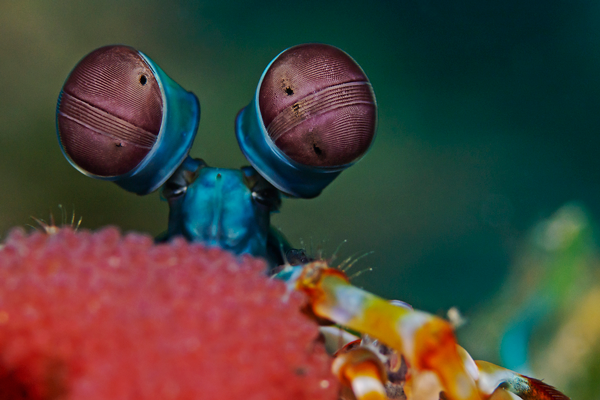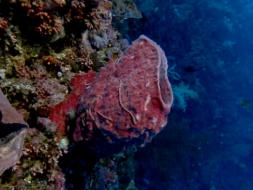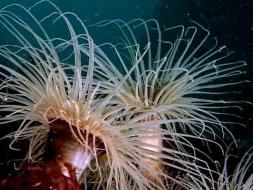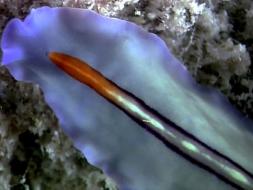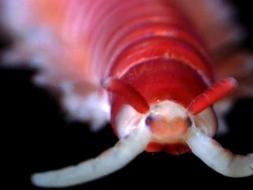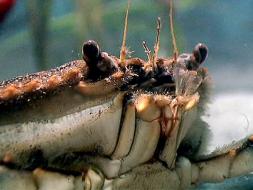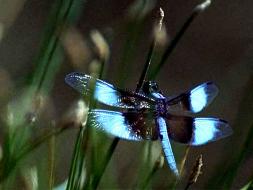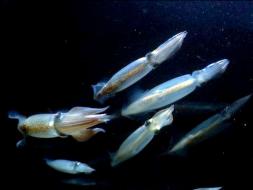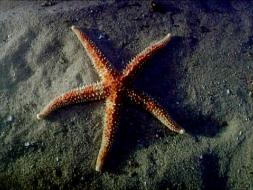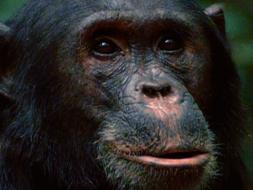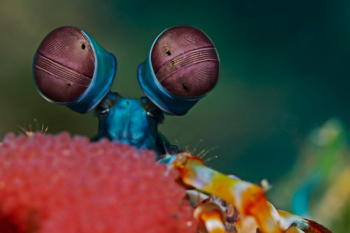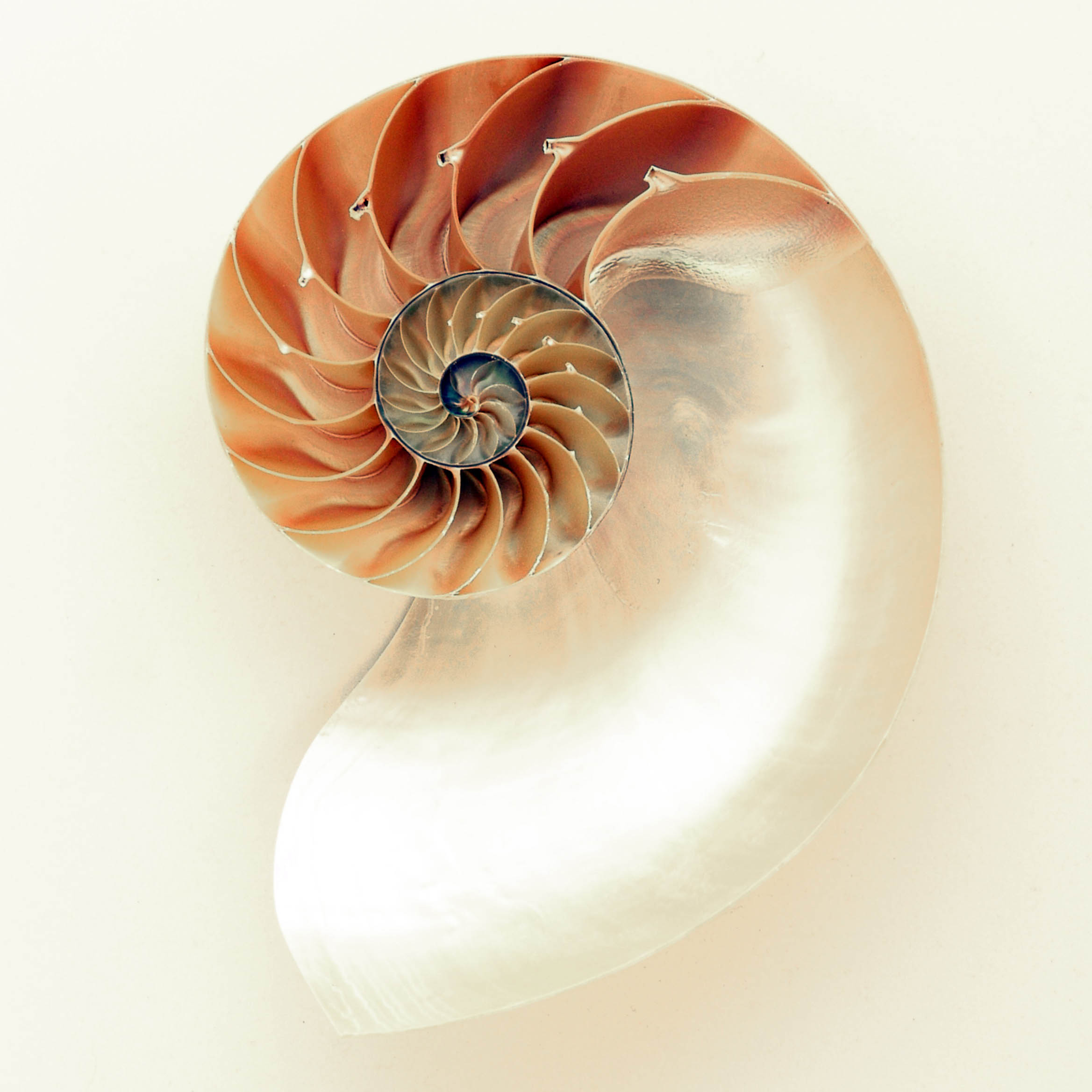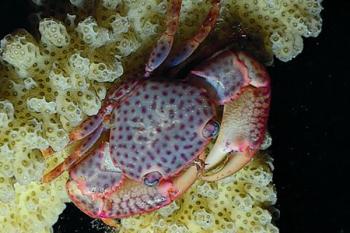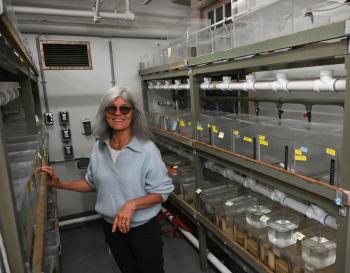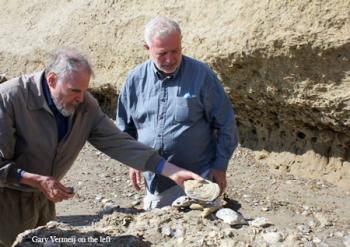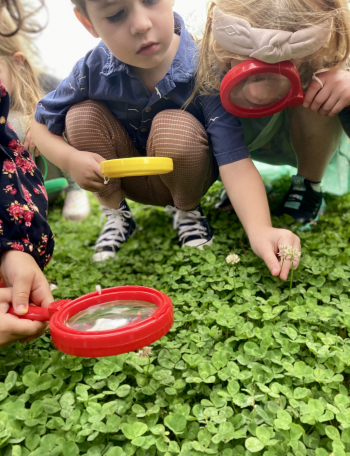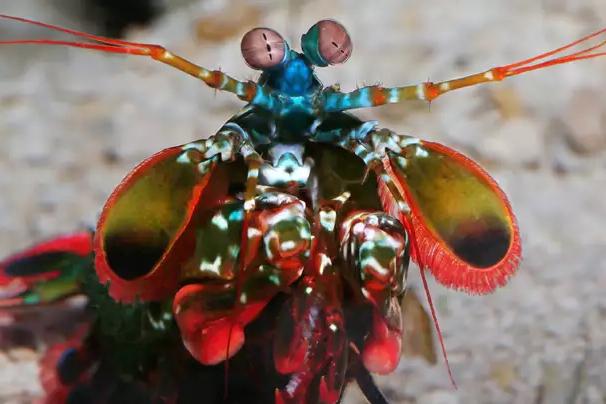
Shape of Life provides free science resources for both students and teachers about the evolution of the animal kingdom. We offer short videos, lesson plans, features and news of animals on planet earth.
Phyla
The animal kingdom is one of six kingdoms of life on earth. Discover the greatest story ever told - the story of the animal kingdom and the eight major phyla that make up 99 percent of animals.
Features
Creature
Mantis Shrimp
Their spring-loaded powerful claws can spear prey at an accelerated rate of 60 miles an hour. 50 times faster than the blink of an eye. Think, Superman!
Mantis Shrimp
Their spring-loaded powerful claws can spear prey at an accelerated rate of 60 miles an hour. 50 times faster than the blink of an eye. Think, Superman!

Lesson Plan
Marine Arthropod Adaptations + Engineering Design
Students explore the diversity and adaptations of marine arthropods through short videos and student centered activities.
Marine Arthropod Adaptations + Engineering Design
Students explore the diversity and adaptations of marine arthropods through short videos and student centered activities.
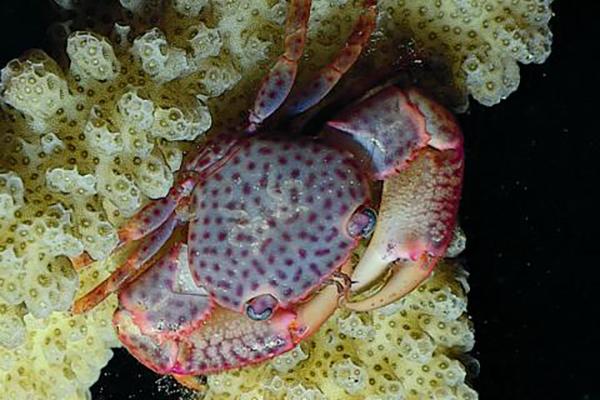
Did You Know?
Sound in the Sea
In some parts of the ocean, a hydrophone might pick up the sound of mantis shrimp punches. These shrimp are sometimes called “pistol shrimp.”
Sound in the Sea
In some parts of the ocean, a hydrophone might pick up the sound of mantis shrimp punches. These shrimp are sometimes called “pistol shrimp.”
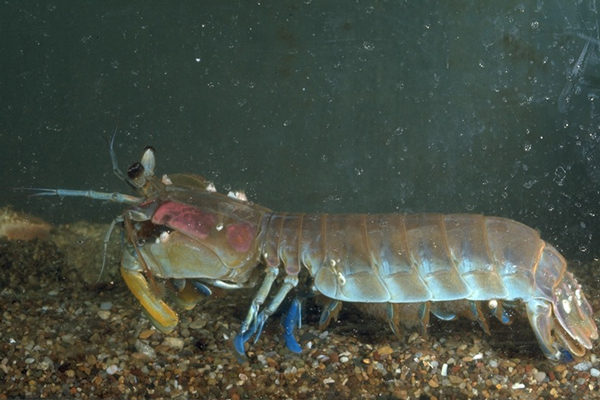
Teacher
Bridget Booth, Middle School Science Teacher, and Michigan State Lead for Subject to Climate
“In creating some cross-curricular connections for other teachers on my team, I no longer feel like I must cover EVERYTHING about climate change in science. Now students study climate change in social studies, ELA and math classes.”
Bridget Booth, Middle School Science Teacher, and Michigan State Lead for Subject to Climate
“In creating some cross-curricular connections for other teachers on my team, I no longer feel like I must cover EVERYTHING about climate change in science. Now students study climate change in social studies, ELA and math classes.”
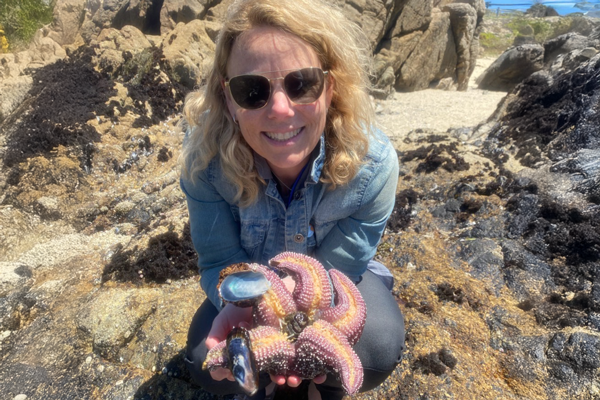
Scientist
Andrew Kim
“Being in the kelp cathedral” was the closest to a spiritual experience that Andrew had ever had.
Andrew Kim
“Being in the kelp cathedral” was the closest to a spiritual experience that Andrew had ever had.
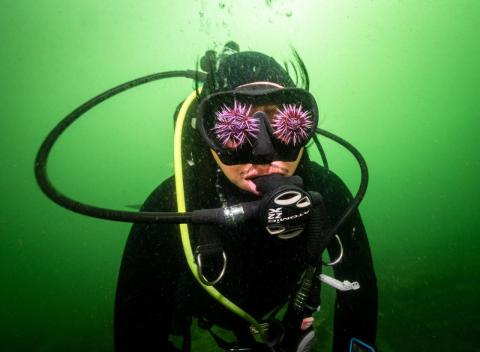
Blog
Crustacean Vision
Hey Crazy Eyes!
Lobsters, shrimp and crabs and other crustaceans have an amazing diversity of both simple and compound eyes, each with standard crustacean features.
Crustacean Vision
Hey Crazy Eyes! Lobsters, shrimp and crabs and other crustaceans have an amazing diversity of both simple and compound eyes, each with standard crustacean features.
